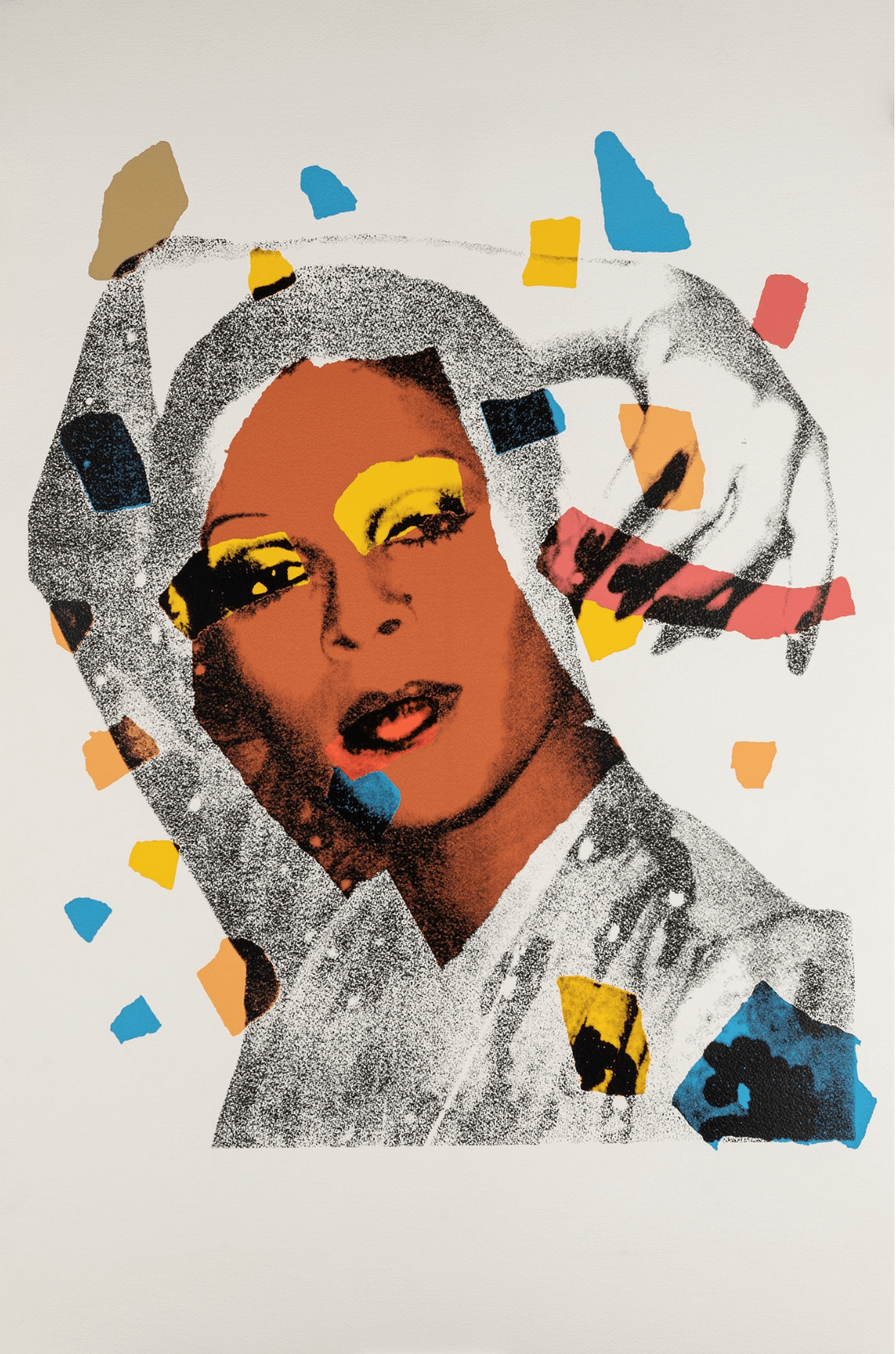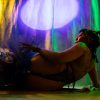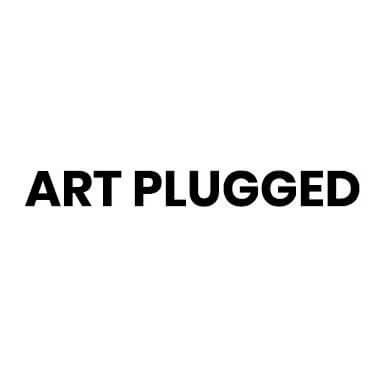FROM PARIS TO NEW YORK: TRANSFORMATIONS IN PRINTMAKING
Online Viewing Room, July 30th – September 24th, 2021
Zeit Contemporary Art
Artists
Sonia Delaunay, Helen Frankenthaler, Carmen Herrera, Jasper Johns, Ellsworth Kelly, Roy Lichtenstein, Henri Matisse, Robert Mangold, Joan Miró, Pablo Picasso, Joaquín Torres-García, Andy Warhol
New York, NY. July 30th, 2021. Zeit Contemporary Art is pleased to present From Paris to New York: Transformations in Printmaking. Chronologically, this viewing room begins with the growth of printmaking in early 20th century Paris, covers the war and interwar years in Europe, and goes up to and beyond the American renaissance of printmaking.
As such, it highlights the moment artists became cognizant of the possibilities of printmaking beyond reproduction and began to rightfully see its capabilities to create innovative, autonomous works of art. In order to provide a cohesive perspective on the possibilities afforded by printmaking as well as the changes it underwent during this period, this viewing room includes woodcuts, lithographs, etchings, and screenprints.
Paris saw an emergence of print workshops in the late 19th century that persisted well into the 20th. Collecting prints became an obsession at this time. More affordable than painting and sculpture, prints were also able to cater to every class as posters and street art flourished alongside the creation of rarer limited-edition prints. Significantly, this interest in prints directly coincided with the time artists flocked to Paris from all over Europe.

Etching on Chine appliqué on Arches Velin paper; paper size: 14 3/4 x 11 1/4 in. (37.5 x 28.5 cm). Image courtesy of Zeit Contemporary Art, New York
Advances in methods taught at print workshops were a crucial aspect of the renewed interest; skilled printers collaborated with artists and taught them new techniques. Henri Matisse, previously an intermittent printmaker, delved into lithography as it allowed him to explore his interest in line. He ultimately created over 500 prints consisting primarily of lithographs in addition to line etchings and cutout prints.
Stanley William Hayter’s Atelier 17 typifies the creative and collaborative nature of printmaking both in Paris and the United States during this time by eliminating traditional teacher-student roles, instead emphasizing collective effort. Joan Miró and Pablo Picasso, both included in this viewing room, benefited greatly from Hayter’s expertise along with other members of the avantgarde.
The excitement regarding printmaking as a medium full of potential apart from reproductive capabilities can be seen in that Miró stated that in it he saw “an infinity of possibilities.” Upon relocating to New York as a result of the outbreak of World War II, Hayter opened a second Atelier 17 there. As it brought European surrealists in contact with emerging American artists, it became a key site for changes in the landscape of American printing as well as art in general.
As a result of all of these developments, the American renaissance of printmaking came to fruition in the 1960s and 70s. A crucial aspect of this period was the emergence of an empowered middle class in the United States, which formed partly as a result of the postwar economic boom. Prints were more democratic and, as the middle class now had an urge to collect, there was a large demand. These cultural changes also resulted in new directions in art.
In reaction to the psychological, grandiose gesture of abstract expressionism, seminal Pop figures Andy Warhol and Roy Lichtenstein, both trained in the commercial arts, turned to the language of advertising in order to straddle the line between art and commerce in both prints and paintings.
Their interest in commerce was a direct reflection of the marketing associated with the surge of available products. Artists involved in subsequent movements such as minimalism, conceptual art, and photorealism likewise emphasized aspects of the medium which best suited the aims. As in Paris, workshops in the United States were key to the artistic dialogue and spread of ideas. Universal Limited Art Editions (ULAE) in New York and Gemini G.E.L. in Los Angeles were crucial print workshops, both of which spread printmaking through a variety of means.

Contemporary Art, New York
Ellsworth Kelly, a precursor of the geometric reductionism of the 1960s, collaborated with Gemini G.E.L. throughout his career; his serious ambitions specifically in print led to the saying: “If you can print a Kelly, you can print anything.”
Several prints included in this viewing room sharing mediums or similar subjects in different contexts illustrate the evolutions and transformations of techniques that are likewise revelatory of cultural transformations in the 20th and 21st centuries thus far. Joaquín Torres-García’s woodcut Untitled from 1934 exhibits his interest in universal symbols in a traditional format.
Helen Frankenthaler’s woodcut Geisha from 2003 is revelatory of abstract expressionism’s similar interest in universal subjective expression; however, Frankenthaler transposed her trademark soak-stain method from canvas to woodcuts, thus bringing the medium into the 20th century. In a different vein, the nude in Matisse’s 1931 Nu assis sur la jambe droite bras levés features an almost identical pose to that of the subject of Warhol’s Ladies and Gentlemen (II.135) from 1975. While Matisse was interested in exploring a more traditional iteration of the female nude from a heteronormative gaze, Warhol was concerned with highlighting changes in identity, sexuality, and gender in the late 20th century by putting drag queens front and center.
In contrast to Matisse’s classic lines, Warhol eradicated the trace of the artist’s hand, used nontraditional bright color, and featured monochrome patches; all of these aspects were intrinsic to the commercial aims of the screenprinting method and suited Warhol’s conceptual goals.
This viewing room sheds important light on an oft-overlooked period of great import to printmaking through the forefront of works from the modern, post-war, and contemporary periods. Whether pushing the boundaries of what prints could be, creating a new technique, or engaging in political or cultural commentary, all of the artists included in this viewing room are revelatory of the artistic possibilities inherent only in printmaking, resulting in unique pieces that are technically and visually brilliant as well as culturally significant.
FROM PARIS TO NEW YORK: TRANSFORMATIONS IN PRINTMAKING is
Online to View from July 30th until September 24th, 2021 at Zeit Contemporary Art
https://www.instagram.com/zeitcontemporaryartllc/
©2021 Zeit Contemporary Art






